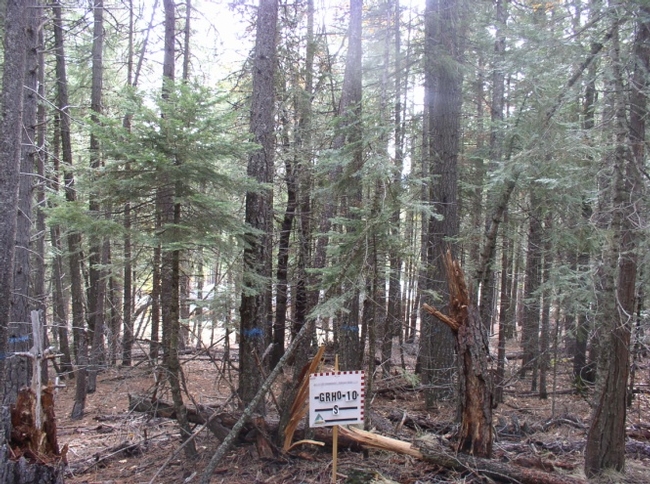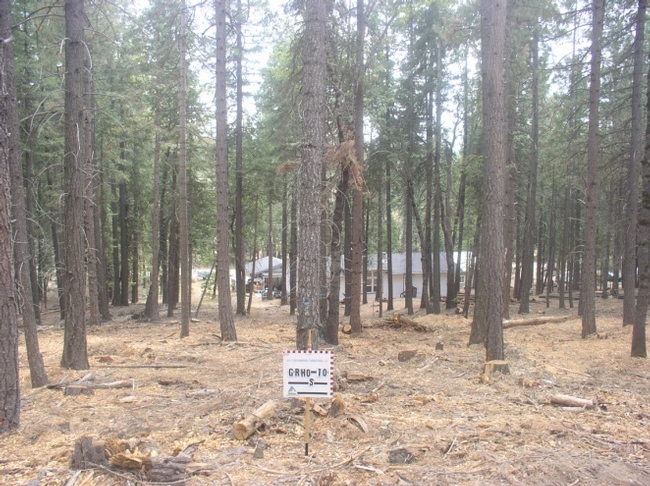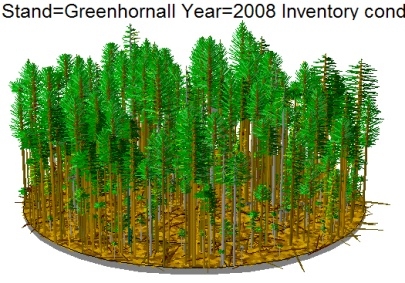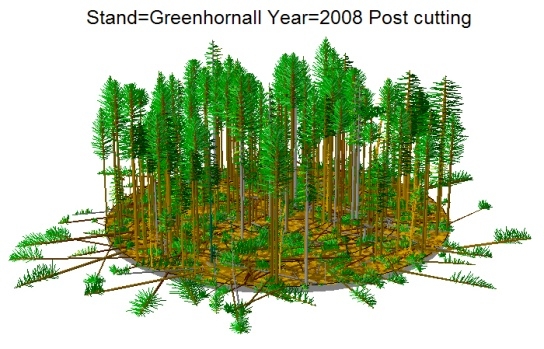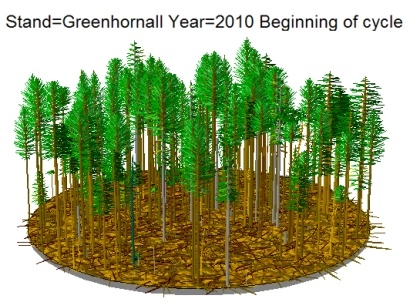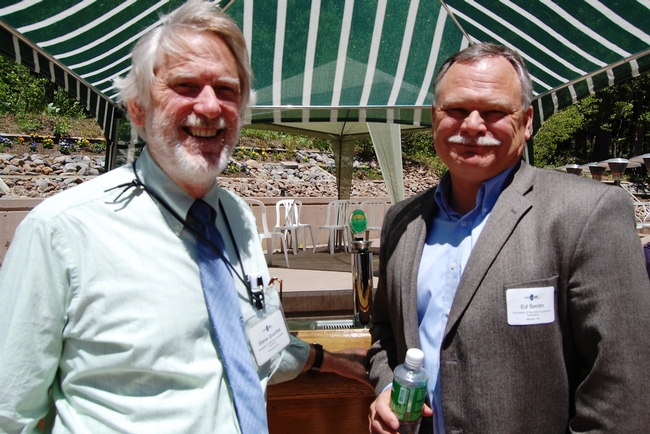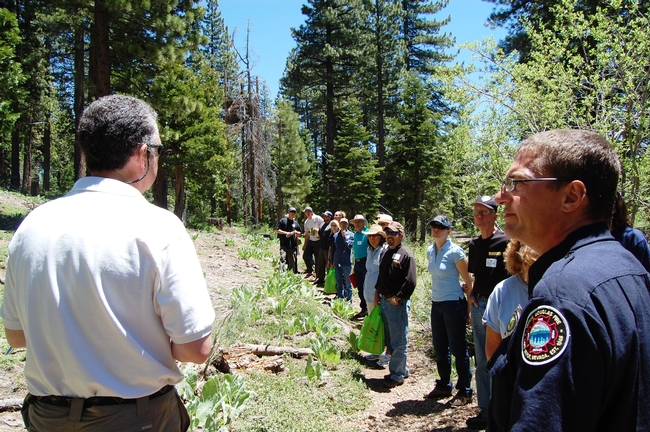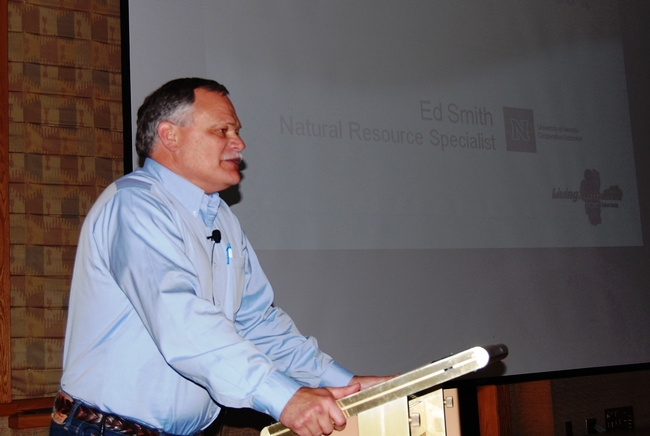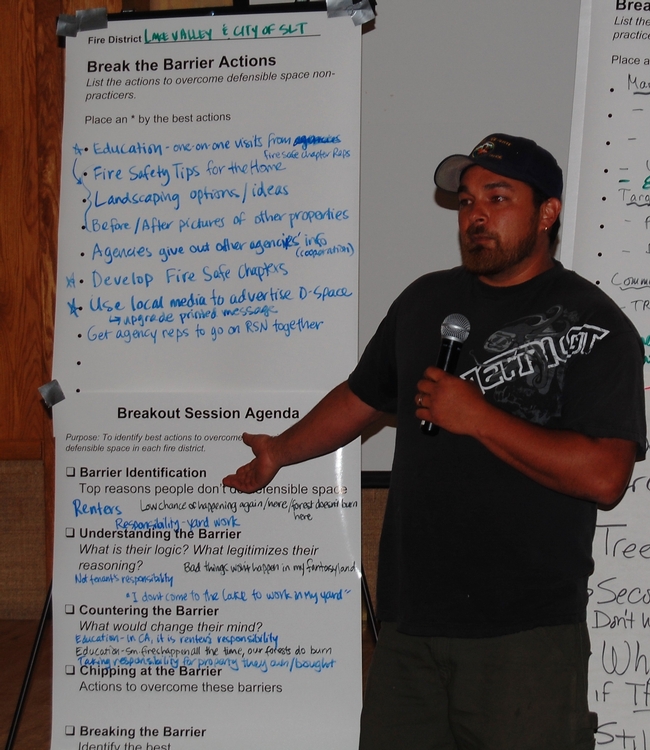Fire in the news: Reintroducing cultural burning in Pinnacles National Monument
/A burn conducted in a similar ecosystem at the UC Blue Oak Ranch ReserveTwo recent news articles, in Bay Nature and the San Francisco Chronicle, relate the story of the a prescribed burn being used to study the response of grasses traditionally used for basket-weaving to fire. The burn was conducted by the Amah Mutsun tribe in collaboration with the National Park Service and CALFIRE, and is the first time that the tribe has been able to intentionally set a prescribed fire within their territory in over one hundred years. Funds to conduct the burn, as well as to continue a fire fistory study in nearby Año Nuevo State Park, were provided by a grant from the Joint Fire Sciences Program.
Read the news stories here:
Pinnacles tests out tribe's fire tradition - Bay Nature Institute
Grass is burned to study Indian culture - San Francisco Chronicle










